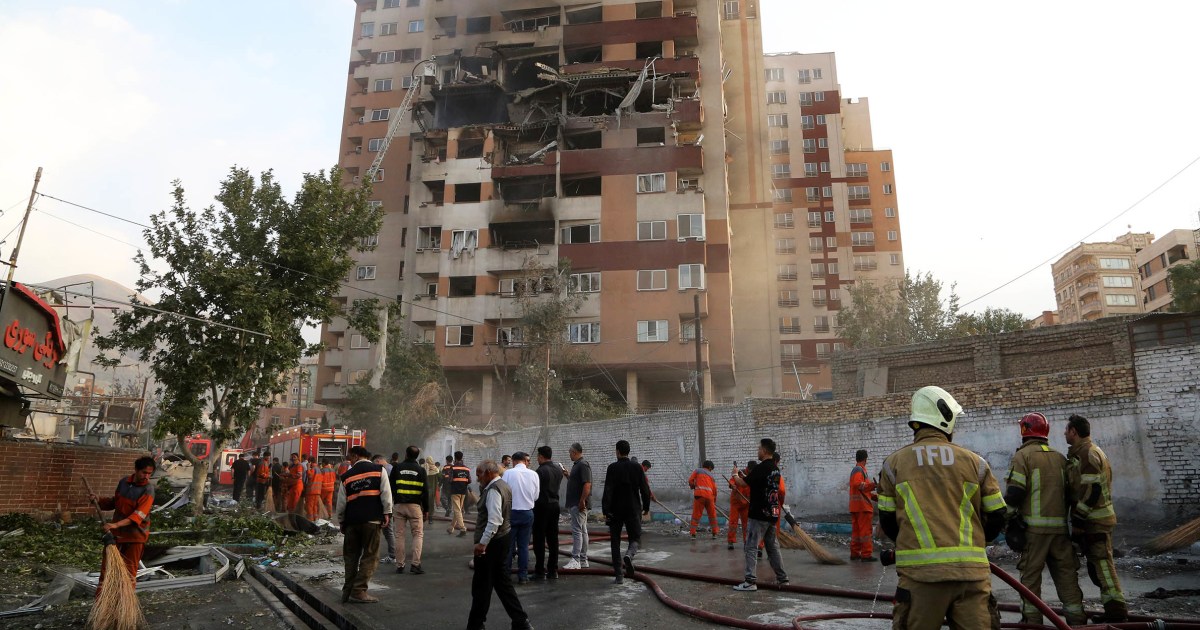
The Israeli government said dozens of fighter jets took part in the first stage of a wider operation that targeted Iran’s main uranium enrichment facility, ballistic missile sites and senior military officers. Israel’s Mossad intelligence service also carried out sabotage operations against air defense systems and missile batteries, Axios reported.
Iranian state media reported that senior military leaders and nuclear scientists were killed in the operation early Friday local time, including the commander of Iran’s Revolutionary Guard Corps, Hossein Salami.
Even before the airstrikes, Israel had demonstrated its ability to operate with near impunity in Iran over the past year, targeting senior figures for assassination and bombing important air defense systems without losing aircraft.
Israeli strikes in October and April 2024 hit key S-300 air defense networks in Iran and equipment used to make solid fuel for ballistic missiles.
Iran suffered serious damage to its air defenses in previous airstrikes, and shoring up those systems was not something that could be accomplished quickly, according to Michael Knights of the Washington Institute for Near East Policy.
“It’s a big country with masses of targets to protect against a very advanced opponent,” Knights said. “They just don’t have good enough air defenses to keep the Israelis out, obviously.”
Although Israel most likely could inflict serious damage on Iran’s nuclear program, it lacks the heavy bombs and aircraft required to strike effectively at Iran’s buried nuclear sites, military experts and former U.S. and Israeli officials say.